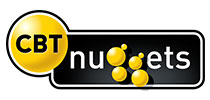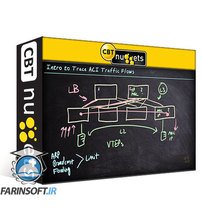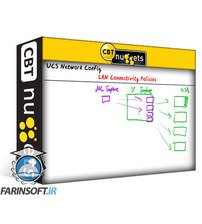جمع جزء: 1,134,000 تومان
- × 1 عدد: Mastering 3D Logo Creation: Blender Procedural Nodes Course. - 189,000 تومان
- × 1 عدد: Certified Prompt Engineer for Competitive Analysis (CPE-CA) - 189,000 تومان
- × 1 عدد: Combining 3D and AI: Blender & Stable Diffusion Workflow - 189,000 تومان
- × 1 عدد: Enironment Concept pt 1 + 2 - 189,000 تومان
- × 1 عدد: The Complete Guide To AliExpress Dropshipping in 2023 - 189,000 تومان
- × 1 عدد: Animating in Photoshop - 189,000 تومان






--Differentiate-Between-Switching-Mechanisms-main-resized.jpg)
--Verify-Data-Path-Virtualization-Technologies-main-resized.jpg)





